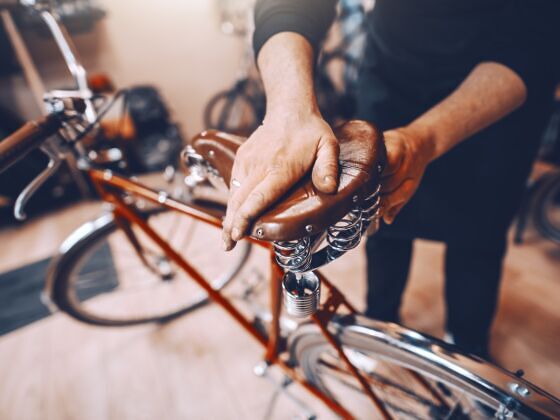OCTOBER 15 WAS THE SECOND ANNUAL NATIONAL RIDE TO WORK DAY IN AUSTRALIA. The state of Victoria has been at it for 14 years, but the event has now gone nationwide. National Ride to Work Day is designed to promote awareness of this green and healthy alternative mode of transportation.
Last year 25% of registered riders on National Ride to Work Day were first-timers. Of those freshmen, 29% were still riding to work five months later.
More stats from last year’s event: 299,151 kilometers were diverted from cars to bikes and the atmosphere was spared an estimated 89.17 tons of greenhouse gases.
The numbers don’t lie: the program works.
